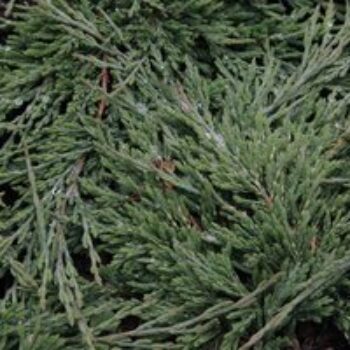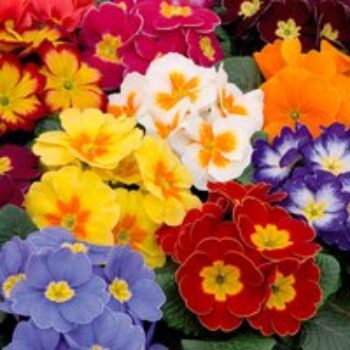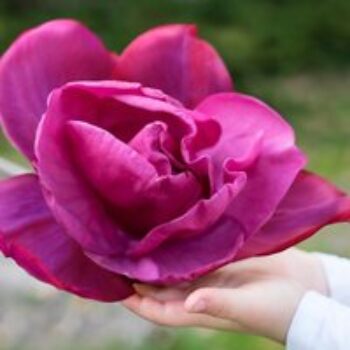The objective in this study was to determine the duration of the vegetative and the reproductive phases, as the relationship between total developmental cycle and developmental phases in on-farm cut dahlia cultivars. Ten on farm trials using two to eight cut dahlia cultivars during three years (2021 to 2023) at eight locations in the state of Rio Grande do Sul, Southern Brazil, were used.
Tubers were planted in beds 1.0 m wide and 0.2 m high, at a 0.40 m x 0.40 m spacing and at a depth of 0.05 m. The date of crop emergence was considered when 50% of the plants had emerged. The main shoot of 10 plants per cultivar was tagged. The number of unfolded leaf pairs on tagged plants was counted until the last pair of unfolded leaves on the main shoot. The date that 50% of the tagged plants were at first visible floral bud on the main shoot and at the first flower on the main shoot with the first layer of petals fully open (harvest point) were collected by observing the tagged plants daily. It was observed that the vegetative phase varied from 14 to 58 days, while the reproductive phase varied from 11 to 48 days, depending on the cultivar and planting date.
The duration of the total developmental cycle, from plant emergence to the first flower opening, which is considered the harvest point of the crop, is primarily determined by the duration of the vegetative phase, which, in turn, is related to the phyllochron or leaf appearance rate. These results have practical applications for farmers, consultants, and breeders, such as selecting cultivars for specific regions, optimizing planting dates, planning the harvest, and adjusting management practices.
Fernandes, Moara & Freitas, Charles & Tomiozzo, Regina & Simon, Marizane & Silva, Luana & Uhlmann, Lilian & Zanon, Alencar & Streck, Nereu. (2024). Understanding the dynamics of vegetative and reproductive development in on-farm cut dahlia. Ornamental Horticulture. 30. DOI: 10.1590/2447-536x.v30.e242754.
Source: Research Gate








